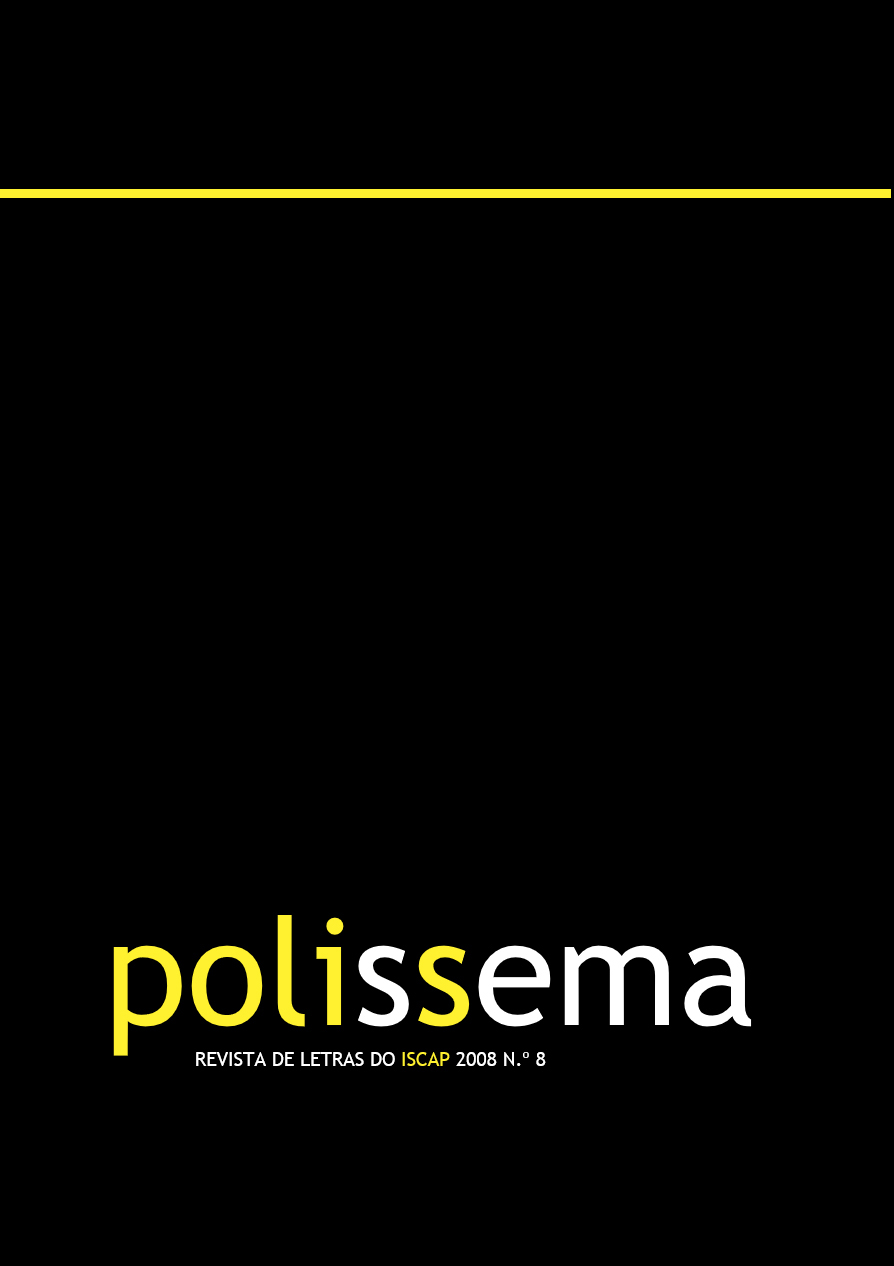«CAMINHA SÍLABA A SÍLABA»: THE ART OF TRAVELING IN THE POETRY OF EUGENIO DE ANDRADE
DOI:
https://doi.org/10.34630/polissema.vi8.3285Keywords:
Eugénio de Andrade, Mediterranean vision, tourism, “genius loci”, mental landscapesAbstract
Eugénio de Andrade (1923-2005) is one of the most celebrated and widely translated Portuguese contemporary writers, having published over thirty collections of poems, and winning several national and international literary prizes. As an attentive poet and an inquisitive tourist, Andrade traveled frequently to Spain, France, Italy and Greece, meeting fellow poets (Vicente Aleixandre, Dámaso Alonso, etc.), visiting different towns and historic places. He frequently mentions Madrid, Valverde del Fresno, Rome, Delphi, Thebes, Sunion, Venice, Brindisi, Corfu, etc. As a result of these travels, we find in his poetry, prose poems and chronicles abundant references to Mediterranean countries, cultures and nature. Andrade poetically captures the “genius loci”, emphasizing the bonds between the people, the fauna, the flora, the ocean and the weather. From his pristine writings up to his last book, he coherently displays a “Mediterranean vision”. Resorting to his books and to excerpts from some of the interviews he granted, my paper identifies, exemplifies, examines and assesses those aspects, exploring a neglected facet of this poet.
Downloads
Published
How to Cite
Issue
Section
License
Copyright (c) 2008 POLISSEMA – ISCAP Journal of Letters

This work is licensed under a Creative Commons Attribution-NonCommercial-NoDerivatives 4.0 International License.


